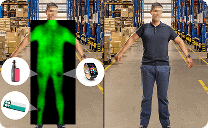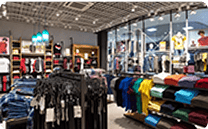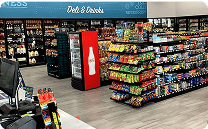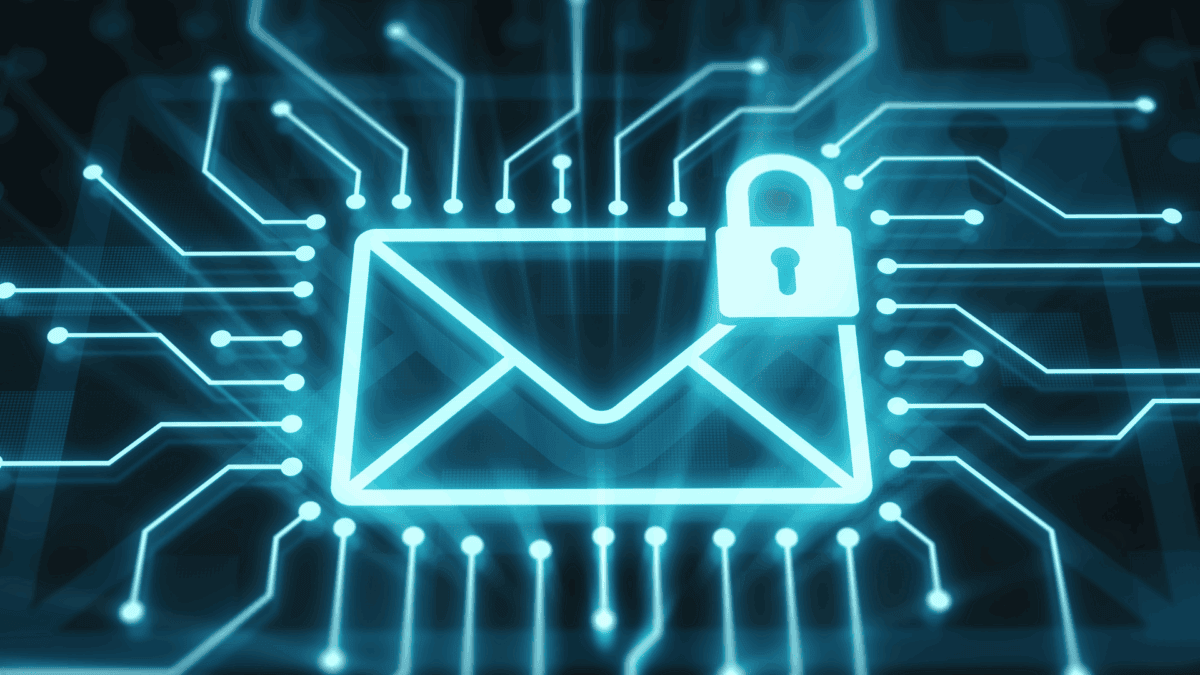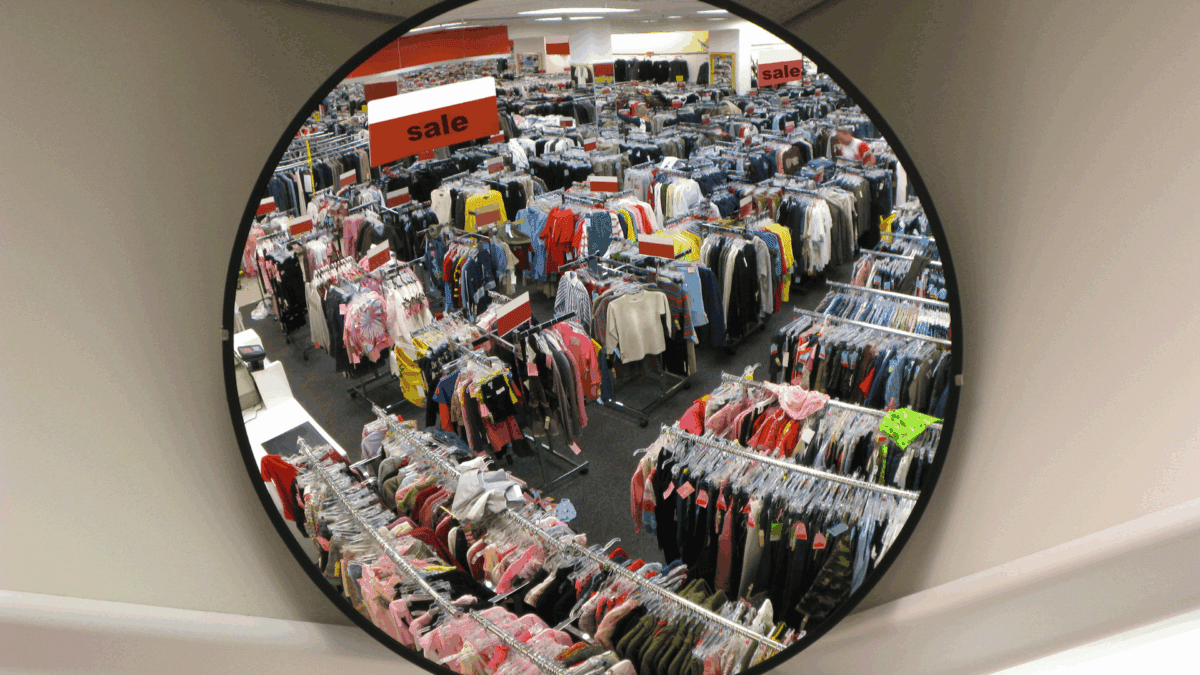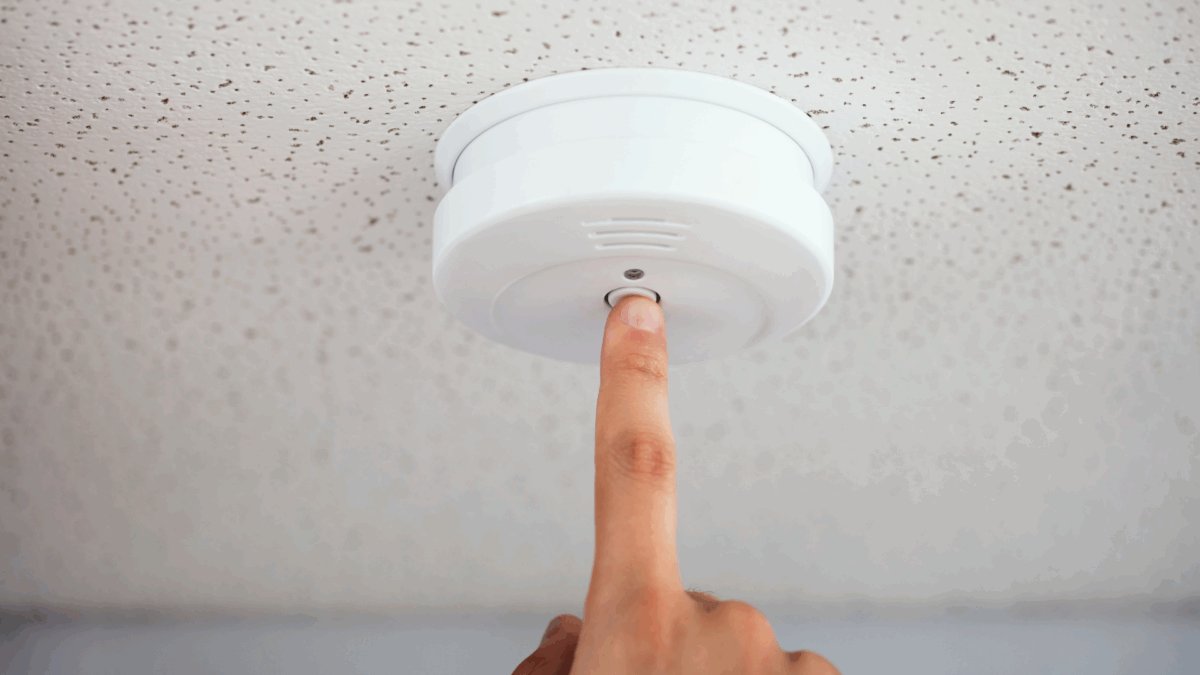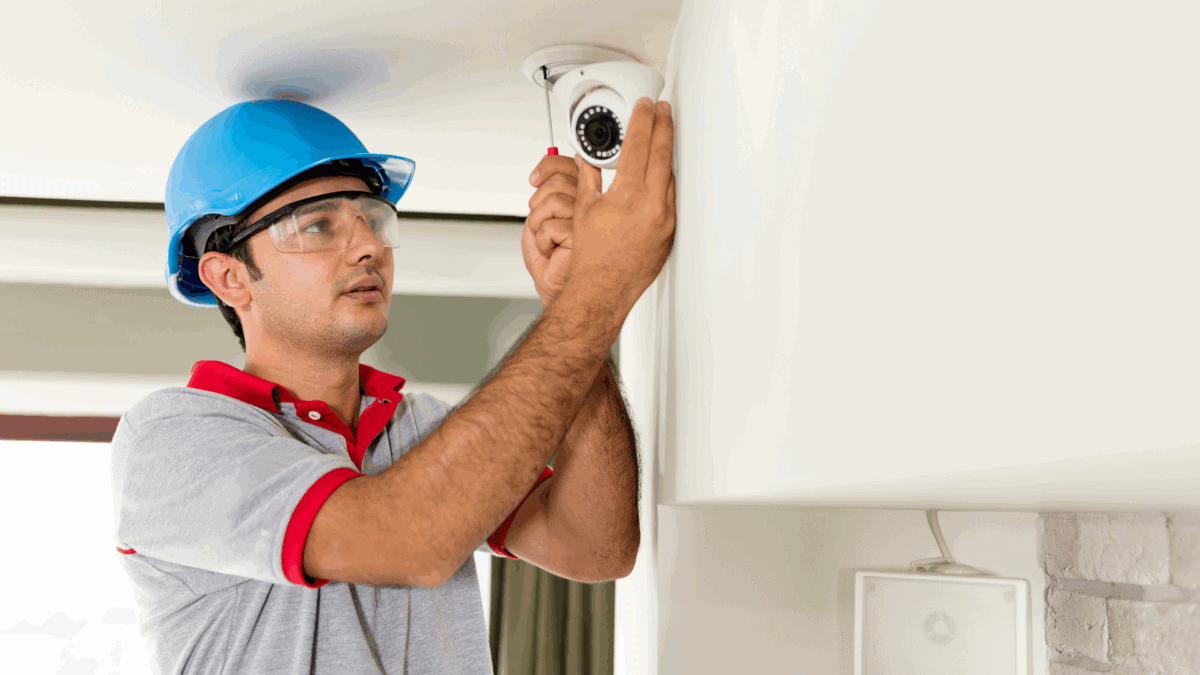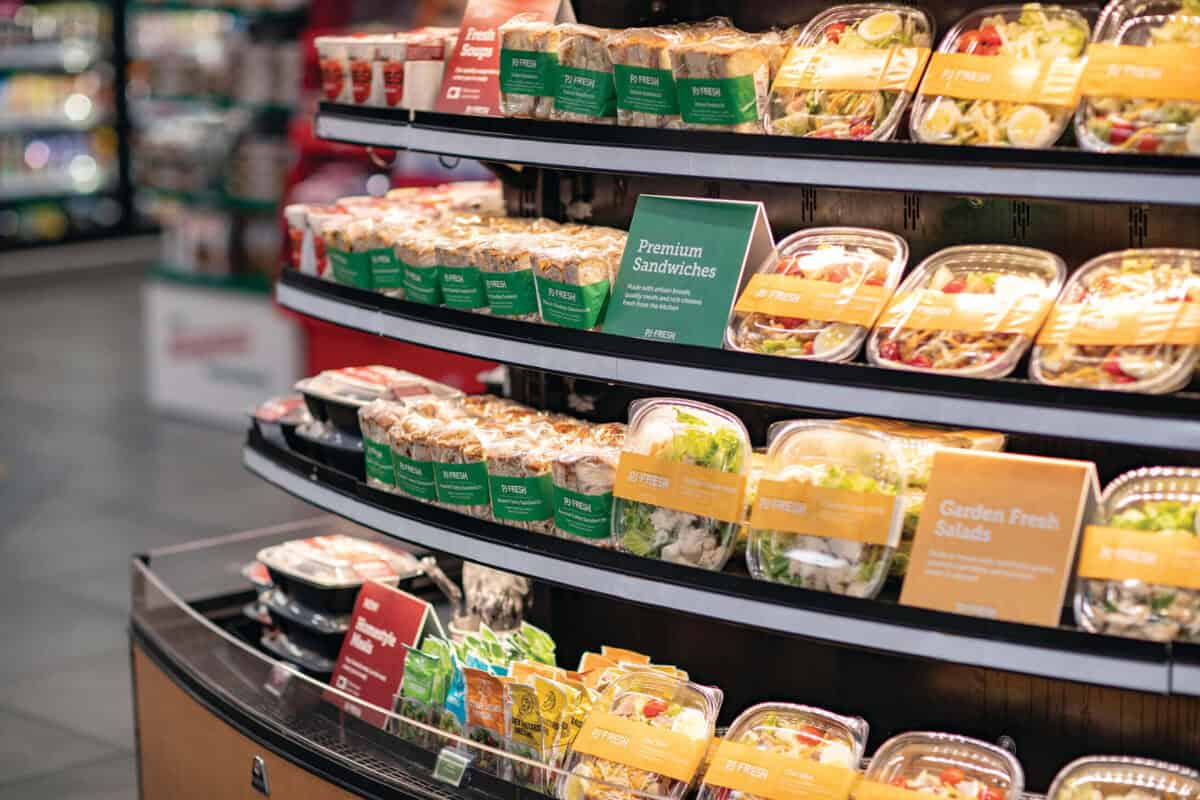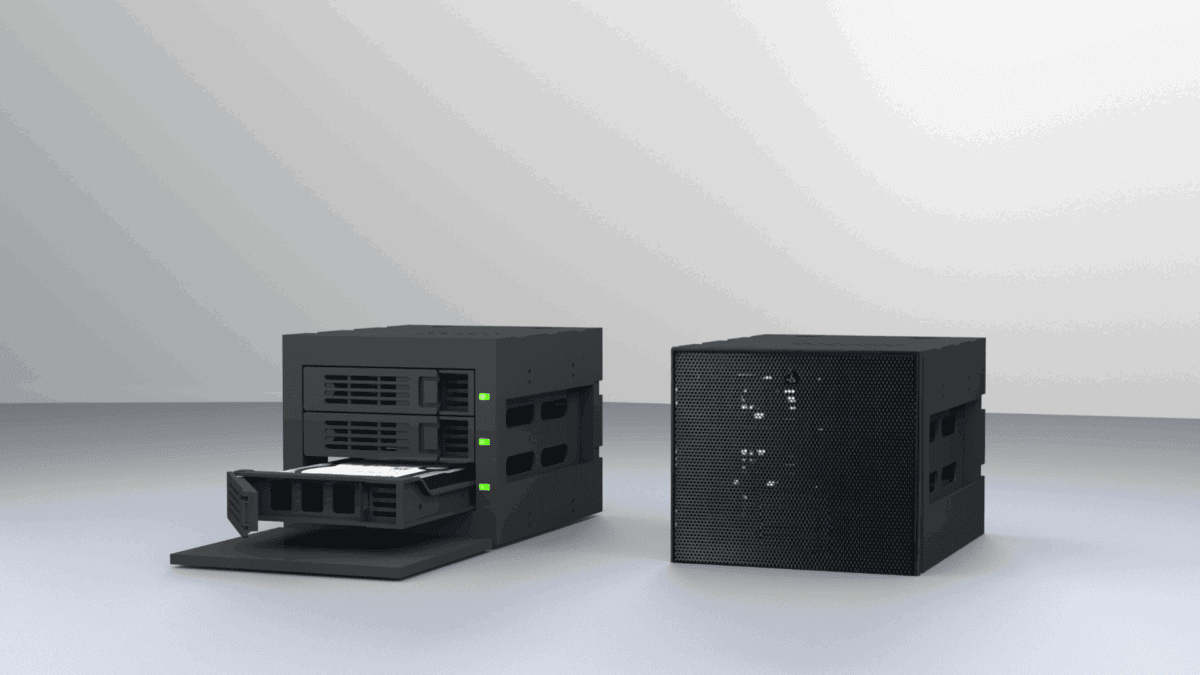What Is a Secure Envelope and How Does It Ensure Security?
In This article
In an age of “digital everything” and constant security threats, many forget that sensitive information still travels by mail, raising the question: What is a secure envelope, and why is it essential? For businesses handling checks, legal documents, or medical records, secure envelopes play a critical role in protecting physical data with the same care given to digital information.
What is a Security Envelope and its Role in Protecting Sensitive Information?
What is a security envelope? A security envelope uses built-in features to block unauthorized access, viewing, or tampering. Designers specifically construct these envelopes to prioritize privacy, unlike regular envelopes that someone can easily open or see through.
Security envelopes provide both physical protection and visual privacy. People typically use them to send checks, financial statements, legal documents, and personal correspondence. These envelopes rely on complex interior patterns to obscure contents and pressure-sensitive adhesives to reveal tampering, offering an affordable and reliable solution for secure communication.
According to JAM Paper, security envelopes are especially crucial as identity theft and mail fraud continue to rise. They offer a simple, practical, yet effective barrier against information leakage.
Historical Development of Secure Envelopes
The first paper envelopes contained documents and basic information for sending and delivery. However, as privacy and fraud concerns grew, especially in the financial and legal sectors, so did the need for enhanced security features, which led to the development of the secure envelope.
Key Milestones in Security Envelope Evolution:
- Early 20th century: Introduction of gummed flaps and heavier paper to make envelopes harder to open and reseal.
- Mid-20th century: Development of printed interior tints to block readability through envelope paper—a hallmark of the modern security envelope.
- Late 20th century: Emergence of pressure-sensitive adhesives, tamper-evident seals, and machine-readable barcodes for tracking.
- 21st century innovations: Anti-counterfeit microprinting, digital watermarking, and eco-friendly materials dominate secure envelope design.
These advancements strengthened the envelope and added psychological deterrence, making potential tampering more detectable and less likely.
Basic Functioning of Secure Envelopes
Today, secure envelopes are much more than simple paper containers. They are engineered with several features that collectively prevent unauthorized access. These features enable secure envelopes to provide a physical layer of defense comparable to digital encryption.
- Opaque Inner Patterns. These intricate, often repetitive designs printed on the interior of the envelope obscure the contents. The patterns make it nearly impossible to read what’s inside, even when held up to light. The Perplexia blog highlights how these designs can serve as both functional protections and works of modern art.
- Strong Seals and Adhesives. Most security envelopes use pressure-sensitive adhesives that form a permanent bond. Once sealed, an undetected opening is nearly impossible.
- Durable Construction. High-quality, tear-resistant paper prevents the envelope from being easily damaged in transit.
- Tamper-Evident Features. Some envelopes include security slits or perforations that make any tampering attempts highly visible.
Current Market Trends in Secure Envelopes
The demand for security envelopes is growing across multiple sectors.
- Banking and Finance: checks, account statements, and tax documents require secure envelope use to comply with data protection regulations.
- Legal and Government: court notices, voting ballots, and government communications often mandate tamper-proof and opaque mailing solutions.
- Healthcare: The Health Insurance Portability and Accountability Act (HIPAA) requires the use of secure envelopes for medical records and insurance documents.
Another trend is a shift toward eco-friendly, secure envelopes made from recycled materials and soy-based inks. These can help companies reduce their carbon footprint without compromising on privacy.
Other innovations include “smart” envelopes with embedded QR codes, Radio Frequency Identification (RFID) signal blockers, or authentication labels. Such envelopes combine physical and digital security features.
Benefits of Using Secure Envelopes
The benefits of using security envelopes extend far beyond simple mail delivery. They provide essential security in several ways.
- Prevent Identity Theft. Sensitive personal data can be easily harvested from unsecured mail. Secure envelopes help guard against this.
- Mitigate Mail Fraud. Checks or important contracts sent in regular envelopes can be intercepted or altered. Using a secure envelope adds a layer of protection.
- Comply with Regulations. Businesses handling sensitive data often have legal requirements to ensure privacy. Security envelopes help meet those standards.
- Enhance Customer Trust. Clients feel more secure when receiving confidential documents in clearly marked, tamper-proof packaging.
According to research from CheckIssuing, professional mailing solutions reduce risk and increase efficiency and confidence among recipients.
Challenges and Limitations
Despite their usefulness, secure envelopes are not without drawbacks.
- Higher Cost: Specialized paper, adhesives, and printing techniques can raise production costs compared to standard envelopes.
- Limited Accessibility: Not all small businesses or individuals can afford high-grade security envelopes.
- Environmental Impact: Some high-security features, like plastic windows or synthetic adhesives, make recycling difficult.
To overcome these challenges, some manufacturers are now offering budget-friendly secure envelopes. These are often made with recycled materials, biodegradable adhesives, and reduced ink usage, as manufacturers seek to balance security, sustainability, and affordability.
Conclusion
So, what is a security envelope in the context of secure communications? It’s an essential tool that merges design, materials science, and privacy principles into a simple, familiar, widely used form. As digital and physical data privacy becomes more critical and challenges grow in number and sophistication, choosing the right secure envelope is not just a mailing decision; it’s a trust-building one.
Businesses, governments, and individuals should consider the value of security envelopes in protecting sensitive information and fostering confidence in every interaction. From tamper-evident seals to eco-conscious innovations, there’s a secure envelope for virtually every secure mailing need.
Individuals and organizations can take a simple yet effective step toward safer communication in a complex world by understanding and choosing the right type of security envelope. Contact us to speak to an expert.
Frequently Asked Questions
Q: What is a security envelope, and how does it work?
A security envelope safeguards the contents inside from unauthorized viewing or tampering. It uses printed interior patterns, durable paper, strong adhesives, and other features to ensure privacy and integrity.
Q: How do secure envelopes protect sensitive information?
They obscure contents through opaque designs, resist opening with strong adhesives, and reveal tampering attempts through tear-indicating features.
Q: What makes a secure envelope different from a regular envelope?
Regular envelopes are often transparent under light and easy to reseal. Secure envelopes are built with privacy patterns, stronger adhesives, and often tamper-evident features.
Q: Are there environmentally friendly options for security envelopes?
Yes. Many manufacturers now offer eco-friendly, secure envelopes made from recycled paper and biodegradable materials, supporting security and sustainability goals.
